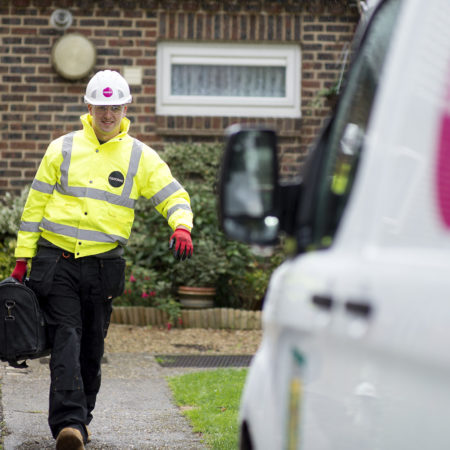Deliver Better Value for Social Housing Maintenance Through Smarter Materials Procurement
Cheapest isn’t always best – most people understand this. The question then becomes: how do we define what we mean by better? If there are no objective criteria for making the comparison it’s hard to justify opting for anything other than the cheapest option for materials, fixtures and fittings.
If there are significant numbers of homes to be maintained and upgraded, accurately evaluating long-term value becomes critical. In addition to issues such as reliability and durability that have always influenced material buying decisions to some extent, we now also have to consider sustainability and the zero carbon agenda.
We know that much social housing stock needs to be upgraded over the next few years to improve thermal insulation levels and to expand the use of sustainable energy sources. This has obvious implications for work that is being scheduled now.
Installing lower cost options for boiler replacements, windows, doors or insulation that would have to be replaced in the medium term is a pitfall that can easily be avoided with a bit of forward planning.
Whole Life Costs
Accounting for predicted whole-life costs is an added layer of sophistication in the budgeting exercise. The protocol for doing this must be agreed between the property services partner and the local authority or housing association.
Projected costs and efficiencies can then be presented in an agreed format so that objective decisions can be made quickly and efficiently. Achieving this calls for detailed analysis so that everyone trusts the results and can stand behind the decisions.
As well as saving money over the longer term, the whole-life cost approach is better for residents. Ultimately they will experience fewer faults and will be disrupted less often by repair teams.
Resources will always have to be carefully managed for social housing maintenance. We shouldn’t overlook the fact that operatives called in to make repairs that could have been avoided by selecting better quality materials, will have been diverted from other important maintenance and upgrade works.
The challenge is to put some substance and data behind the assertion that ‘cheaper doesn’t mean better.’ There is then a sound basis on which to make decisions.

